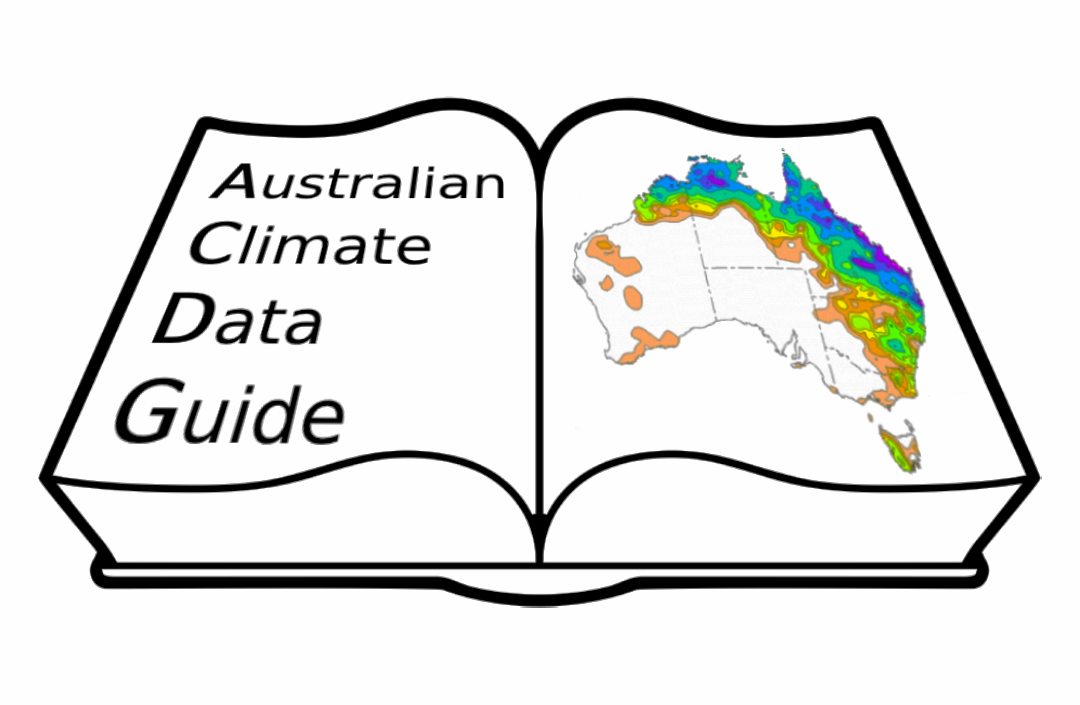Data collaboration agreement#
When you are starting a collaboration with someone else, be it a single researcher, a research group, a different institution or a stakeholder, clear agreement around data is required.
The context and the scope of the collaboration project will determine what these requirements might be. In any case there should be a clear understanding of how data is expected to be managed and shared by anyone in the project.
Minimum requirements#
Draft a data management plan and get everyone to agree to it. While this won’t have legal standing:
it is something anyone can get back to easily;
it will work as a guideline around data for anyone in the project;
it will avoid future disagreements, or should some arise, help in solving them;
it will help individuating potential issues with the data before the project has even started;
it is something concrete to show to a legal department or data expert in your institution, should there be doubt of what is acceptable.
Make sure all policies are respected. List all policies and requirements that are applicable to the project and make sure the DMP is aligned with and satisfies all of them.
Depending on the scope and size of the project, a legal agreement may be required for the project collaboration, and in that case make sure that data is also covered by this agreement. Consult with the legal department and do this as early as possible. It might help to first prepare what you want to be included.
What to include#
the copyright/ownership of the data should be clearly stated;
any ethical or security considerations;
license to be used for data research output;
where the data produced by the project will be stored and how the access to this storage is managed;
how the data will be published at the end of the project: what subset, which repository, format etc;
where the data will be archived at the end of the project: what subset of the data should be kept and for how long, which archive and how the access will be managed;
if there is going to be any embargo, both at the end of the project or to share data internally.
If the project has many collaborators, then it is also worth setting up some rules or a template to define how data is contributed to the project, in particular if more than one person is likely to work on the same data:
rules around directory structure and file naming conventions;
which format/metadata should be used when creating a file;
permissions to apply to file/directory.
